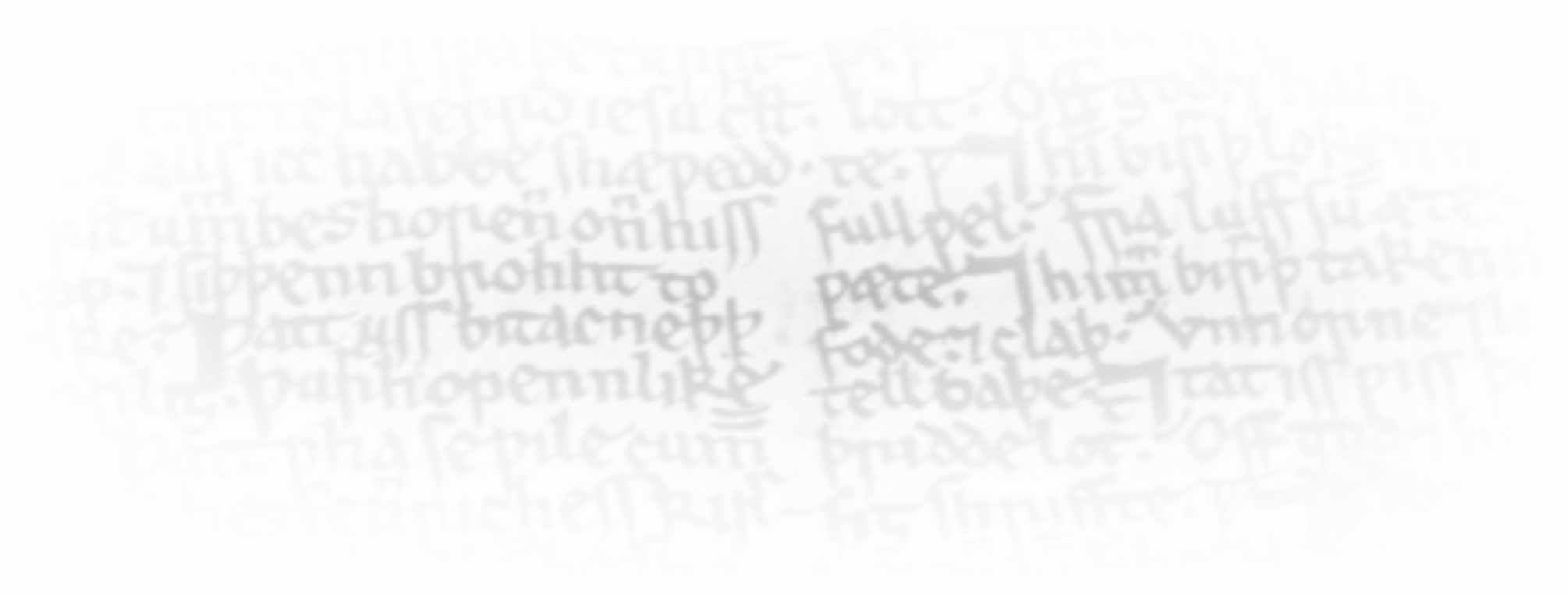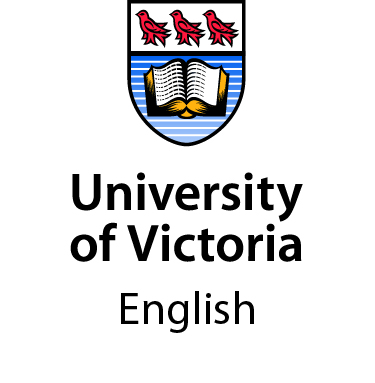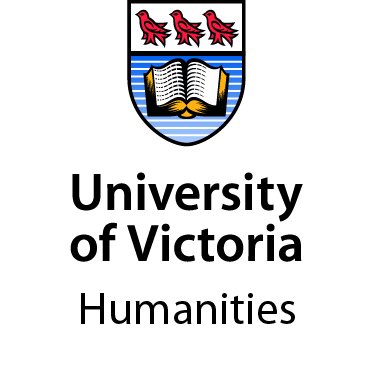Past scholarly evaluations of the Early Middle English period have not been positive.
In the Cambridge History of Medieval English Literature (1999), Thomas Hahn summarized the history of scholarship as a struggle with one of the dullest and least accessible intervals in standard literary history, an
incoherent, intractable, impenetrable dark age scarcely redeemed by a handful of highlights.
J.A. Bennett and G.V. Smithers, in their edition of extracts of Early Middle English
(1966), found little to challenge the traditional view that the reigns of William [the Conqueror] and his sons mark
an hiatus in our literature.
Even scholars who recognize shifting aesthetic standards often dismiss Early Middle
English literature on the basis of principles laid down in the nineteenth century,
when much of the material was first (and often last) edited. There is a tendency,
as Christopher Cannon has observed, to view Early Middle English in terms of profound isolation from immediate vernacular models and examples, from any local precedent
for the business of writing English
(The Grounds of English Literature, 2004). But scholars have more recently begun to realize the value of Early Middle
English studies, particularly within the contexts of multilingualism and manuscript
culture.
The Early Middle English period was in fact a time of intense linguistic change, literary experimentation, and textual production that juggled regional specificities, emerging genres, and multilingual interactions with verve. Bracketed by the Norman Conquest and the decline of the English populace as a result of the Plague, the period is characterized by its interaction with cultural developments from Ireland to the Middle East. In addition to four main literary languages (Latin, French, English, Welsh), Britain was home to speakers and scholars of Greek, Hebrew, Irish, Norse, Arabic, and Dutch. The period embraces the most extreme changes in the English language in history; the record of dialect variations and linguistic shifts found between 1100 and 1350 are in many ways greater than those that separate Chaucer’s English from Shakespeare’s. These centuries also witnessed British crusaders’ establishment and loss of colonies in the Middle East, as well as the expulsion of Jews from England. Literature of the period frequently reflects encounters between Christians, Jews, Muslims, and heretics. This is a literary world very different from the standard views of medieval England.
Recent scholarship has revealed a diverse and intellectually experimental textual
landscape, and digital humanists and editors continue to work to meet the special
challenges of access that have always existed for the period. Building on new work
and creating new cross-disciplinary conversations, Making Early Middle English took as its topic the widest possible conception of the field: by period, languages,
cultural and religious differences, and geographic scope. We asked how Early Middle
English as a field, as context, as manuscripts, as texts, and as a multilingual phenomenon
has been shaped and made, handled and mishandled. We considered the historical, global,
and contextual situation of English literature and its production between 1100-1350.
We explored how the period has been fashioned in its post-medieval histories, from
sixteenth-century antiquarian descriptions, to twentieth-century scholarly assessments,
to its current new making
in digital archives. We heard presentations on a range of genres and languages, related
both to English and to conceptions of Englishness
in the period. Making Early Middle English was a groundbreaking event that laid the foundation and stakes of the field’s study
for the foreseeable future.



